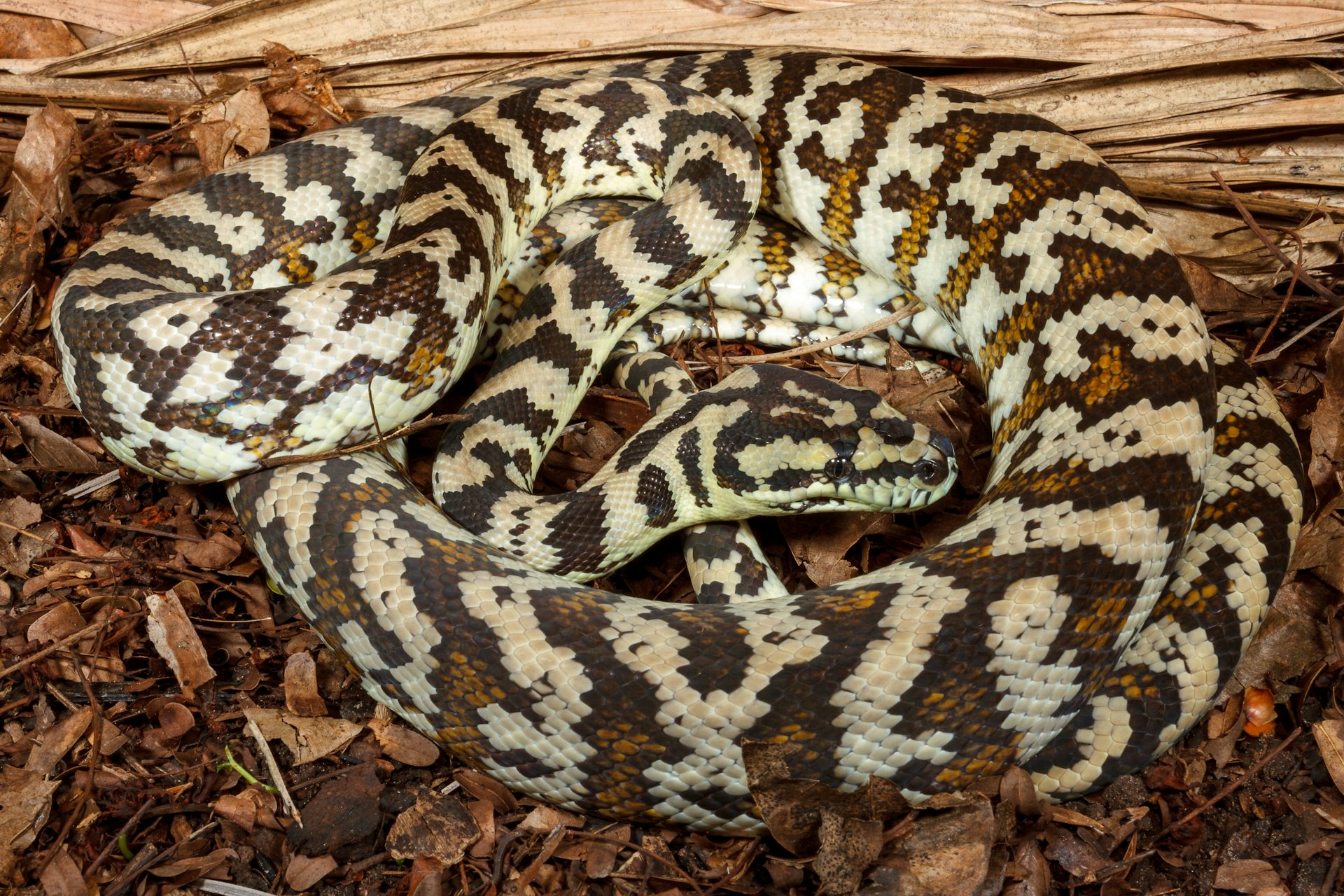Introduction
When it comes to the remarkable world of serpents, couple of types record the creativity rather like the child tiger serpent. Known for their unique coloration and powerful poison, these snakes are an integral part of Australia's distinct community. In this comprehensive post, we will explore various aspects of infant tiger snakes, including their habits, environment, and how to safely engage with them. Whether you're a wild animals enthusiast or merely interested about these animals, comprehending infant tiger serpents can help foster a deeper appreciation for nature.
Baby Tiger Snakes: What You Need to Find Out About Their Actions and Habitat
What Are Child Tiger Snakes?
Baby tiger snakes are juvenile types of the very poisonous varieties understood scientifically as Notechis scutatus These serpents are mostly located in seaside regions of Australia, particularly in Tasmania and southern Victoria. As they grow, their pigmentation changes from a much more low-key scheme to the particular yellow and black bands that provide snake bite first aid kits their name.
One significant facet of baby tiger snakes is their size; hatchlings commonly gauge around 25-30 cm in size. Regardless of their tiny stature, they have an unexpected amount of venom that can be destructive to human beings if bitten.
Physical Characteristics
Tiger serpents possess several essential physical traits:
- Coloration: The unique banding pattern frequently comes to be a lot more pronounced as they mature. Size: Grownups can reach lengths of approximately 2 meters. Body Shape: They have a durable body that aids in swimming and earthbound movement.
Where Do Baby Tiger Snakes Live? Understanding Their Habitat
Understanding the environment preferences of baby tiger snakes is vital for both conservation initiatives and public security. These snakes flourish in different settings:
- Wetlands: Marshes and swamps offer enough hunting grounds. Coastal Regions: Frequently found near beaches where they can hunt for prey. Woodlands: Thick plant life supplies cover from predators.
Geographical Distribution
Tiger snakes are mostly located along Australia's southerly shoreline, consisting of:
- Tasmania: Home to among the most infamous populations. Victoria: Especially in areas near water bodies.
Are Tiger Snakes Venomous? A Deep Study Their Venom
One usual concern develops when going over infant tiger snakes: "Are tiger snakes venomous?" The answer is an unquestionable yes!

Venom Composition
The venom of tiger snakes consists of neurotoxins that can trigger paralysis, coagulopathy (blood clotting issues), and possibly death if unattended. Below's what you require to understand:

- Effects on Humans: An attack from a tiger snake can bring about signs and symptoms like swelling, discomfort at the bite website, nausea, and even breathing failure.
Comparison with Other Poisonous Snakes
In comparison to various other Australian serpents such as the eastern brown serpent or king brown snake, tiger snake poison is thought about among one of the most powerful. However, casualties are uncommon as a result of enhanced medical Swelling Reduction treatments and accessibility to antivenom.
Behavioral Patterns of Infant Tiger Snakes
Understanding exactly how baby tiger snakes behave is essential for those who reside in or visit areas where these reptiles are prevalent.
Nocturnal Habits
Most baby tiger snakes show nighttime behavior. They tend to forage for food during cooler evening temperatures. This adaptability aids them avoid predators while enhancing their searching efficiency.
Hunting Techniques
Their searching techniques include:

- Ambush Predation: Waiting inactive till prey comes close. Active Foraging: Actively relocating via greenery or along waterways looking for food.
First Help for Serpent Bites: What You Must Know
Despite being fascinating animals, encounters with baby tiger snakes can cause dangerous scenarios if attacks happen. Understanding emergency treatment procedures can conserve lives.
Immediate Tips After a Bite
Remain calm; panic boosts heart rate. Immobilize the impacted limb using a splint or bandage. Seek immediate clinical focus-- antivenom may be necessary.Creating a Snake Bite First Aid Kit
A well-prepared emergency treatment package need to consist of:
|Thing|Objective|| ------------------------------|--------------------------------------|| Compression bandage|To paralyze the arm or leg|| Splint|Stabilizes busted bones or joints|| Antihistamines|Eases allergies|| Emergency contact numbers|Quick gain access to during emergencies|
Common Myths Regarding Tiger Snakes Debunked
Many misconceptions border these intriguing reptiles; let's clear up some misunderstandings generally held by people.
Myth # 1: All Tiger Snakes Are Aggressive
While some individuals might display protective habits when endangered, not all tiger snakes display aggressiveness in the direction of human beings unless provoked.
Myth # 2: Baby Tiger Snakes Are Much Less Dangerous Than Adults
This myth might not be even more from the reality! Baby tiger snakes contain nearly as much venom as grownups relative to their size; hence they present substantial threats if bitten.
FAQs Regarding Infant Tiger Snakes
What do child tiger snakes eat?- They primarily take in little creatures, birds, frogs, and fish.
- Look for slim bodies with faint banding patterns that end up being more obvious as they mature.
- Yes! Birds of target and larger reptiles may target them.
- Typically every few weeks as they proliferate throughout their very early life stages.
- While some individuals do maintain them illegally without permits because of their dangerous nature; it's generally not recommended offered their poisonous status.
- With timely clinical therapy-- consisting of antivenom-- the survival rate is high!
Conclusion
In recap, understanding infant tiger snakes-- what they eat, where they live, how they act-- can furnish us with valuable expertise regarding these impressive yet harmful creatures. The importance of education and learning surrounding emergency treatment procedures can not be overstated; knowing exactly how to respond efficiently after a bite might conserve lives while cultivating regard for our slinking neighbors within Australia's rich biodiversity range.
By valuing these snakes' roles within communities-- and acknowledging first aid snake bite prospective hazards-- we promote conjunction rather than fear-based reactions towards each other's existence in nature's grand tapestry! Whether you're an enthusiastic hiker considering your following adventure or simply curious concerning local wildlife experiences near home-- this overview works as your relied on referral point on the enigmatic globe lived in by our close friends-- the amazing baby tiger snake!